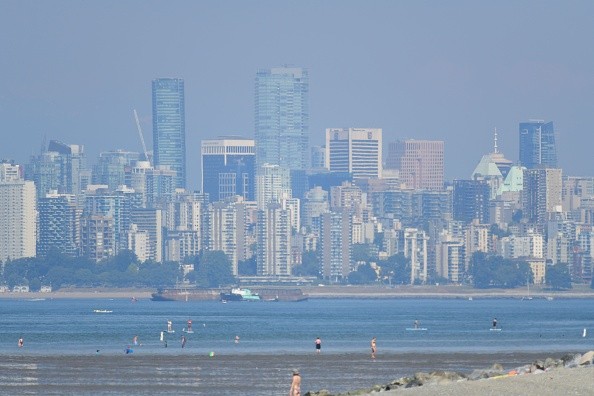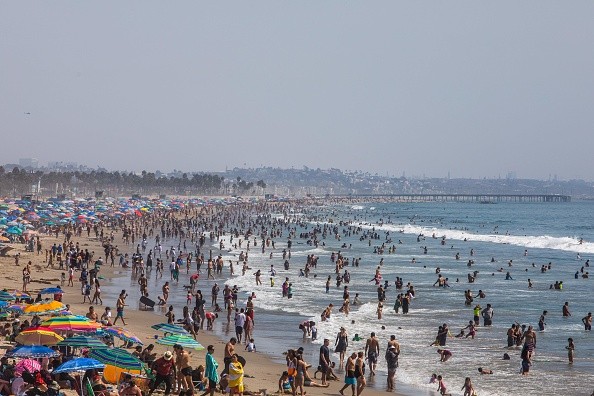Scorching temperatures and harsh humidity is affecting the U.S. from the Pacific Northwest to the Gulf Coast. Severe heat is covering a great portion of the country, those in the Great Lakes and New England need to be saved. About 81 million are inhabiting places under the National Weather Service heat warning.
Heat Warning

In some ways, the current heat wave is the most intense to hit the U.S. yet. This summer, the name of the game has been regional heat, but the latest heat wave is surprising in both its extent and magnitude. Also, places as diverse as Washington and Louisiana are been affected by the triple-digit temperatures,
The bad news for heat-weary places is that high temperatures are anticipated to continue into the weekend in many regions.
Much worse, the heat is anticipated to get more severe next week across parts of the Northern Rockies and Pacific Northwest. Yes, this is the story of the summer. But also the tale of the climate change period where severe heat is normal and nowhere is exempted from its effects.
Heat Domes
There were enough opportunities to discuss heat domes this summer. Which sucks because they suck. Or at the minimum, they suck if you like your weather not to be some sort of sauna or steam room.
Currently, a great portion of the U.S. is stuck under high pressure. That locks in mostly sunny skies, which makes the heat on the ground more intense, and in turn causes even more high pressure.
This cycle is a harmful cycle that's played out, again and again, this year. The most severe instance is the one that baked the Pacific Northwest towards the end of June and the beginning of July.
But other heat domes have created and brought about shocking temperatures, including Death Valley tying the greatest accurately recorded temperature anyplace on Earth.

Dry Heat in the Pacific Northwest
Still, last week's repetition stands out for how extensive the heat is. While it may be one dome to rule all of them, the heat across the country has a dissimilar feel to it, this depends on the place you are. It is more like a dry heat in the Pacific Northwest.
Albeit a dry heat with temperatures getting to about 42.2 degrees Celsius (108 degrees Fahrenheit) in a portion of interior Washington and Oregon on Saturday.
"The afternoon heat combined with unusually warm overnight temperatures Friday night and Saturday night will make it difficult for residents without air conditioners to control the build up of heat within their homes," NWS forecasters wrote in their extreme heat warning for the area.
Almost the same situation occurred during the heat wave that took place in the region towards the ending of June and concluded with the death of hundreds as a result.
Related Article : Meteorologists Claim It's Likely Extreme Heat in Western US Will Last Until November
For more news, updates about heat waves and similar topics don't forget to follow Nature World News!
© 2025 NatureWorldNews.com All rights reserved. Do not reproduce without permission.





